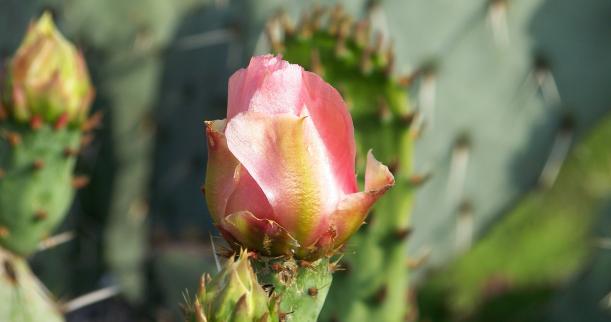How to Grow Roses in the Desert

Climate in a desert can be brutal. Triple digit temperatures are a norm in the deserts and the intensity of the heat is so high that even when the rain falls, it evaporates in mid air. Add to it the scorching winds and the environment.
On the other hand, it is a common notion, that roses are very sensitive and delicate, and if not maintained properly, they have a tendency to wither quickly in normal environment let alone in the harsh desert climate. That notion is totally unjustified.
It is true that the rose flowers are very delicate, but their bushes are tough, and can be nurtured in even tough conditions. There are many step included in the process, which will be discussed in the article.
Instructions
-
1
Water
Water is the most crucial element when it comes to nurturing the roses. A rose plant needs to be watered at least three times a week, and at least three to four gallons of water should be used every time. On the days when the temperatures rise too much, the roses should be watered on a daily basis. -
2
Mulch
There are four main functions of mulch;
- It keeps the roots cool
- It controls the weeds
- Conserves moisture in the soil
- It enriches the soil
The rule of thumb for applying mulch demands that it should be used after the roses have been pruned in January and a four inch thick layer should be present there all year around. -
3
Shade
Roses can persevere in the heat, what they cannot sustain the direct sunlight, and as such it is very important to protect them from it. There are two ways to go about it. The first and the most obvious one is to arrange for a shade for these flowers and the second one is to spray them with water at least three to four times a day. Water provides a layer on the surface of the roses, and helps in increasing the humidity around the plants. -
4
Fertilizers
Feed the plants during the cold month. The roses need to be fed with fertilizer after every four weeks through May, then reduce it to half in the months which follow and when September arrives this feed needs to be cut in half. This will give the plants some rest during the hot summers.







